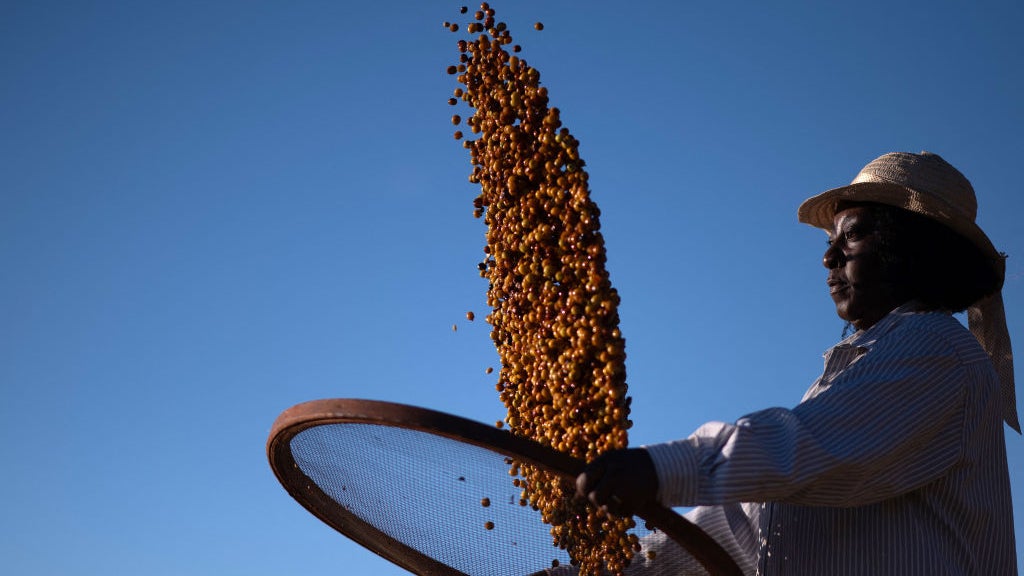Brazil, South America’s largest economy and the world’s biggest coffee producer, is facing its worst drought in decades and above-average temperatures.
Local farmers are warning of what the next harvest could bring for one of the world’s most traded commodities: “Given the circumstances here, the 2025 harvest is already affected (…) I won’t say it’s doomed, because with God anything is possible. But based on the situation, it’s already in danger.”
After Brazil, Vietnam is the second largest coffee exporter, which is also facing shortages due to increased drought and heat. This has led many farmers to replace their struggling coffee crops with a notoriously smelly fruit called durian. The fruit has proven popular in China, with farmers trying to capitalize on this emerging market.
What happened in Brazil?
In August, farmers reported that their crops were affected by frost, which caused the price of coffee to rise 6% on the international exchange. Severe drought has also contributed to an increase in forest fires in the Amazon.
While many were optimistic that leftist President Luis Ignacio Lula could reverse some of the destruction of the Amazon, the sentiment has declined while concrete and oil projects were still being approved.
Brazil suffered a devastating freeze in 2021 that wiped out coffee crops. Prices rose 13% in response to the extreme weather, with temperatures dropping to freezing within minutes.
However, production has increased over the past year. Reuters reported that the country would record its third annual increase in coffee production this year.
Because the weather is not as predictable, farmers have switched from Arabica beans (which are mainly grown in high-end cafes) to Robusta beans (which are used to make instant coffee).
Marcio Ferreira, president of the export group Cecafe, was confident about the developments: “The growth is a reality… Next year’s harvest will undoubtedly also be bigger, bringing this series of growth figures to four years.”
The Robusta bean is more resilient than the Arabica bean because there is less variation and the weather conditions at the locations where the nurseries are located are more favorable.
Nestlé bets on Brazil
Switzerland-based Nestlé has announced that it will invest $196 million (SFr166.25 million) in Brazil by 2026 to meet the growing demand for its Nescafé brand.
Executives are betting on a younger consumer base willing to pay a premium for a wider range of products. Valeria Pardal, head of Nestlé brand Cafe Nestlé, said: “We are at a time when premium coffee consumption is increasing, and that is making coffee consumption in Brazil more sophisticated.”
As climate change continues to impact the supply chain, major coffee producers may continue to shift their target markets to save costs.
“Drought hitting Brazil coffee crops could push up prices” was originally created and published by Investment monitora brand of GlobalData.
The information on this site is included in good faith for general information purposes only. It is not intended to amount to advice on which you should rely and we make no representation, warranty or guarantee, express or implied, as to its accuracy or completeness. You must obtain professional or specialist advice before taking, or refraining from, any action on the basis of the content on our site.







